How to Find a Reliable Mold Flipper Manufacturer? (Includes Supplier Checklist)
A critical machine fails. Suddenly, your entire production line grinds to a halt. For a steel mill owner like you, this isn't just an inconvenience; it's a financial disaster. The downtime costs pile up every hour, you risk missing crucial deadlines, and your hard-won reputation is on the line. It's a scenario I've seen play out too many times. But what if you could prevent it? Finding a truly reliable mold flipper manufacturer is about much more than buying a piece of equipment. It is a strategic decision that secures your operation's efficiency and future.
Finding a reliable mold flipper manufacturer requires a systematic approach. You must scrutinize their technical expertise and manufacturing quality. You also need to verify their after-sales support and spare parts availability. Then, assess their industry reputation through case studies and client references. Finally, conduct a thorough on-site or virtual audit to confirm their capabilities match their claims.
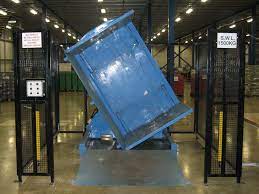
I have spent my entire career in the packing machine industry. I started as an engineer on the factory floor, and later, I built my own company, SHJLPACK. I have been on both sides of the table. I've been the buyer, feeling the pressure of making the right investment. And I am the manufacturer, understanding what it takes to build a machine that lasts. This experience taught me how to look past the sales pitch and focus on what truly matters. Let’s walk through this process together, step by step, so you can choose a real partner, not just another supplier.
What Technical Specifications Should You Scrutinize in a Mold Flipper?
You are reviewing a technical data sheet. It is filled with numbers and promises of high performance. But do you know what these specifications truly mean for your daily operations? Choosing a mold flipper based on the lowest price or the most basic specs can be a costly mistake. You might end up with a machine that can't handle your actual workload. It could wear out prematurely or lack the safety features needed to protect your team. To make a smart, long-term investment, you must first understand the key technical details that define a quality machine.
When you scrutinize a mold flipper's technical specifications, you should focus on four critical areas. First, check the load capacity and its engineering safety factor. Second, examine the components of the drive system, such as the motor, gearbox, and bearings. Third, assess the quality of the structural materials and the welding. Finally, evaluate the control system and its integrated safety interlocks.
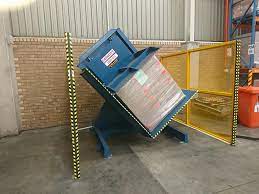
Deeper Dive into Technical DNA
As an engineer and a business owner, you know that the details on a spec sheet translate directly to performance and ROI. A cheap component can cause a million-dollar production loss. Let's break down these specifications with the critical eye of someone who has built and repaired these machines.
Beyond Just Load Capacity
A manufacturer might list a "10-ton capacity." But this number can be misleading. You need to ask more questions. Is this a static or dynamic load capacity? A machine might hold a 10-ton mold when stationary but struggle during the turning motion, causing stress and premature wear. The most important number to ask for is the safety factor. A machine with a 1.5x safety factor can handle 15 tons, but I always recommend a minimum of 2.0x for heavy industrial use like in a steel mill. This ensures the machine operates well within its limits, drastically reducing the risk of structural failure. The frame design is also critical. I once visited a client who bought a cheaper machine. Under a heavy load, you could visibly see the main frame flexing. That is a sign of poor engineering and inadequate materials, a failure waiting to happen.
The Heart of the Machine: The Drive System
The drive system is the engine of your mold flipper. It dictates the machine's reliability and smoothness of operation. Key components include the motor, gearbox, and main bearings. For a machine that is central to your production, using components from world-class brands like Siemens, SEW, or Allen-Bradley is not a luxury; it's a necessity. These components offer superior reliability, higher efficiency, and, crucially, worldwide spare parts availability. You should also consider the type of drive. A heavy-duty roller chain is common, but a direct gear drive can offer higher precision and lower maintenance over its lifetime.
Materials and Build Quality
A machine's longevity is determined by the materials it's made from and how it's put together.
- Steel Grade: Ask for the specific grade of steel used for the main structure. A machine built with Q345 steel is significantly stronger and more resistant to fatigue than one built with standard Q235 steel.
- Welding: Look for clean, consistent welds. Poor welding is a major weak point. A serious manufacturer will have certified welders and can provide welding procedure specifications (WPS).
- Surface Treatment: A good paint job is more than cosmetic. The process should involve shot blasting to remove all mill scale and create a good surface for adhesion. This is followed by a high-quality primer and multiple top coats. This process prevents corrosion, which is a major enemy in any industrial environment.
Here is a simple table to compare standards:
| Specification | Minimum Standard (Good) | Gold Standard (Excellent) | Why It Matters for You |
|---|---|---|---|
| Safety Factor | 1.5x Max Load | 2.0x+ Max Load | Prevents catastrophic failure and ensures operator safety. |
| Drive Motor/Gearbox | Reputable Domestic Brand | Siemens, SEW, or equivalent | High reliability, better energy efficiency, and global parts access. |
| Main Bearings | Top-tier Chinese Brand | SKF, FAG, or equivalent | Ensures smooth operation, reduces friction, and extends maintenance cycles. |
| Control System | Basic PLC with simple interlocks | Siemens/A-B PLC with HMI, remote diagnostics | Improves safety, simplifies troubleshooting, and allows integration with your MES for digital transformation. |
How Can You Verify a Manufacturer's After-Sales Support and Service Capabilities?
You have invested in a high-quality machine. It is installed and running perfectly. Then, a critical sensor fails late on a Friday afternoon. Your entire line stops. You call the manufacturer's support line, but all you get is a recorded message. Now you are stuck, trying to find a solution while losing thousands of dollars with every passing hour. This is where a true partner proves their value—after the initial sale. Verifying a manufacturer's support system before you buy is not just a good idea; it is absolutely essential.
To properly verify a manufacturer's after-sales support, you must request their standard Service Level Agreement (SLA) to understand their commitments. You should also check their spare parts inventory and typical delivery times. Ask for references from current clients and inquire specifically about their service experiences. Finally, confirm the manufacturer’s capabilities for both remote diagnostics and on-site technical support.
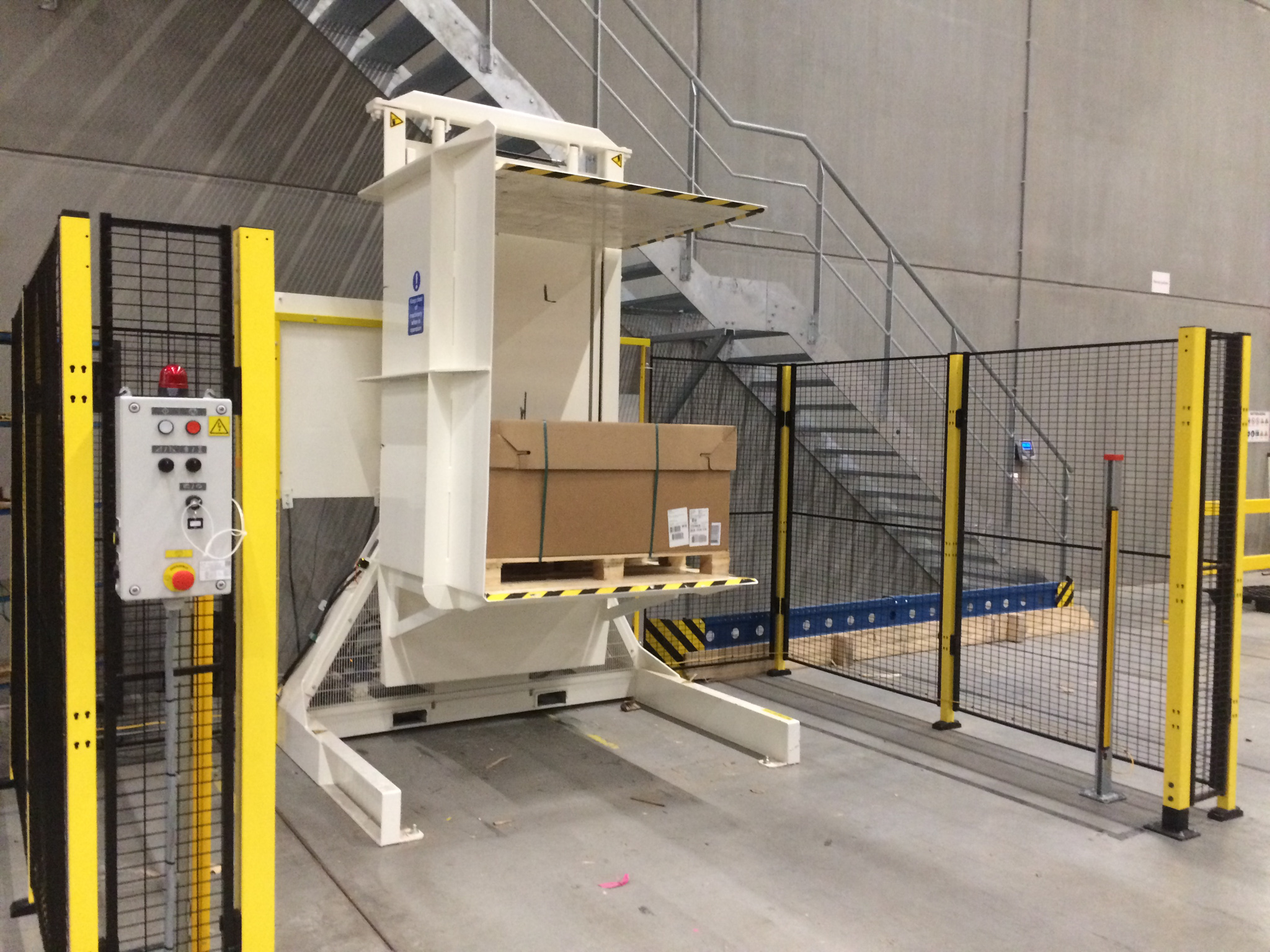
Deeper Dive into Long-Term Partnership
For a business leader like you, a machine purchase is the beginning of a relationship, not the end of a transaction. The support you receive over the machine's 15- to 20-year lifespan is just as important as its initial performance. I built SHJLPACK on the principle of being a total solution provider, because I know that ongoing support is what keeps my clients' businesses running and growing.
The Service Level Agreement (SLA): Your Support Contract
A verbal promise of "great service" is worthless when your production is down. You need a formal Service Level Agreement (SLA) that clearly defines the manufacturer's obligations. This document should be part of your purchase contract. What should it include?
- Guaranteed Response Times: How quickly will they respond to a phone call or email? Four hours? Twenty-four hours?
- On-Site Support Commitment: If the issue can't be solved remotely, how quickly can they have a qualified technician at your facility? For a client in Mexico, you need to know if they have regional service partners or a clear plan for international dispatch.
- Warranty Details: The warranty should clearly state what is covered, for how long, and what the process is for making a claim. A vague warranty is a red flag.
Spare Parts: The Lifeline of Your Machine
A machine is only as reliable as its most accessible spare part. Before you even sign the purchase order, you must ask for two things: a critical spare parts list and a price list for those parts. This prevents you from being surprised by overpriced, proprietary components later on. In my experience, the best manufacturers design their machines using standard, internationally available components from brands like Schneider, Omron, or Festo. This gives you a huge advantage. If the manufacturer is slow to respond, you can likely source the part locally, which is a critical backup plan to minimize downtime. This directly addresses the challenge of aging equipment and the maintenance headaches that come with it.
Talk to Their Existing Customers
A manufacturer will always give you a list of their happiest clients. You need to dig deeper. Ask for references from companies in the steel industry or other heavy manufacturing sectors. When you speak to these references, don't ask "Are you happy?" Ask specific, probing questions:
- "Describe the last time you needed technical support. How long did it take for them to resolve your issue?"
- "Have you ever had to order emergency spare parts? How was that process?"
- "Was the technician they sent knowledgeable about your specific application?"
- "How was the initial installation and training process?"
The answers to these questions will give you a true picture of their service quality.
What Are the Hidden Costs and Red Flags to Watch for When Choosing a Supplier?
You are comparing two quotations for a new mold flipper. One is 20% cheaper than the other. It looks like a clear winner, a smart way to save on capital expenditure. But after you sign the contract, the extra charges start appearing. There are unexpected fees for shipping, separate invoices for installation and training, and a list of "essential" spare parts that you are now required to buy at a high price. Suddenly, the cheaper option has become the more expensive and frustrating one. Knowing how to spot these red flags and uncover hidden costs from the beginning is key to protecting your budget and your peace of mind.
Hidden costs frequently include unquoted shipping and insurance fees, separate charges for on-site installation and operator training, overpriced mandatory spare parts packages, and unexpected software licensing or upgrade fees. Major red flags are a lack of transparency, an unwillingness to provide client references, an unprofessional website or communication, and the use of high-pressure sales tactics to force a quick decision.
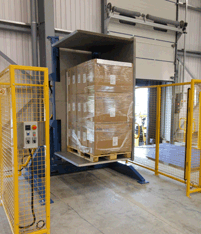
Deeper Dive into Financial Prudence
As a CEO, you conduct strict feasibility analyses for every investment. The initial purchase price is just one part of the Total Cost of Ownership (TCO). A supplier who is not transparent about costs from the start is not a partner you can trust for a long-term relationship. I've learned from my own experiences to look for warning signs long before any money changes hands.
Deconstructing the Quotation
A professional manufacturer provides a detailed, itemized quotation. A lazy or deceptive one gives you a single bottom-line number. You must insist on a full breakdown.
- Incoterms: Does the price include shipping, insurance, and customs clearance? A quote listed as "FOB (Free On Board)" means you are responsible for all costs and risks once the machine leaves their factory. A "CIF (Cost, Insurance, and Freight)" or "DDP (Delivered Duty Paid)" quote gives you a much clearer picture of the final landed cost at your facility.
- Installation & Commissioning: Is this included, or will it be a separate, high-priced service call? You need to know the exact cost and what it covers.
- Training: Is on-site operator and maintenance training included in the price? Proper training is essential for safety and efficiency. It should not be an optional extra.
- Software: For modern machines with advanced PLCs, are there any software licensing fees? Are future updates free or paid? This is a common hidden cost in today's digitally integrated equipment.
Red Flags in Professionalism
How a company presents itself tells you a lot about how it operates.
- Communication: Are their emails professional and clear? Do they respond to your technical questions promptly and with detailed answers? Slow or sloppy communication before the sale is a strong indicator of what you can expect from their after-sales support.
- Website and Documentation: Does their website look professional and provide useful information, or is it outdated and broken? Are their technical documents and manuals clear and comprehensive? A company that invests in good documentation is a company that cares about its products and customers.
Here is a table of common red flags and how to address them:
| Red Flag | What It Might Mean | Your Counter-Strategy |
|---|---|---|
| Unusually Low Price | They are using inferior materials, have no R&D, or are cutting corners on safety. | Request a detailed Bill of Materials (BOM) and compare specifications line by line. |
| Vague Quotation | They are planning to add hidden costs for shipping, training, or parts later on. | Demand a fully itemized quotation with clear Incoterms and all services included. |
| No/Poor References | They have no experience in your industry or have a history of unhappy clients. | Make providing relevant, contactable references a non-negotiable condition of the deal. |
| High-Pressure Sales | "This price is only good for today." They are likely desperate for cash, not a stable partner. | A quality product and a confident manufacturer don't need pressure tactics. Take your time. |
How Do You Create a Comprehensive Supplier Checklist for Evaluating Mold Flipper Manufacturers?
You have done your research. You have a stack of proposals, technical data sheets, and emails from several potential suppliers. It is a huge amount of information, and every salesperson claims their machine is the best. How do you cut through the noise and compare them in an objective, structured way? Without a system, it is easy to make a decision based on a gut feeling or the most persuasive sales pitch. This can lead to a choice that is not based on the hard facts that will impact your factory's performance and profitability for years. A comprehensive checklist transforms this complexity into a clear, data-driven decision, ensuring you select the best long-term partner for your business.
To create a comprehensive supplier checklist, you should structure it into four main categories. These are: Company Profile (assessing their stability and experience), Technical & Quality (evaluating specifications, materials, and certifications), Commercial (reviewing pricing, warranty, and payment terms), and After-Sales Service (confirming their SLA, parts availability, and support team). By scoring each potential supplier in every category, you can make a truly objective and informed comparison.
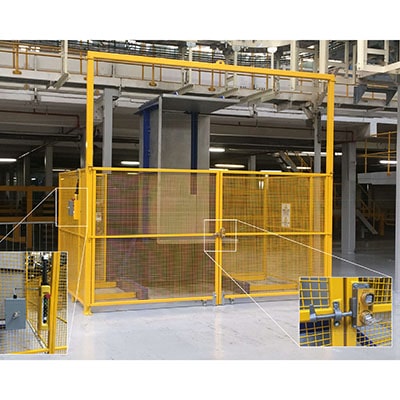
Deeper Dive: Your Ultimate Supplier Audit Checklist
This checklist is the tool that brings everything we have discussed together. It is your framework for a final, rigorous evaluation. I use a similar process myself when evaluating my own key suppliers. It removes emotion and focuses on the data that leads to a successful partnership. You can use this as a template and assign a score (e.g., 1-5) to each item to create a quantitative comparison.
Section 1: Company Profile & Stability
This section assesses if the company is a stable, long-term partner.
- Years in Business: How long have they been manufacturing this type of equipment?
- Manufacturer vs. Trading Company: Are they the actual factory or a middleman? Ask for their business license and factory photos/videos.
- Factory Size & Staff: How many employees? What is the size of their facility?
- Key Market: Do they have experience in your country or region (e.g., Mexico)?
- R&D Capability: Do they have an in-house engineering team? Can they customize a solution for you?
Section 2: Technical & Quality Assurance
This section verifies the quality of the product itself.
- Bill of Materials: Request a list of key components (motor, gearbox, PLC, bearings, hydraulics).
- Certifications: Do they have ISO 9001 (quality management) or CE (safety standards) certification?
- Quality Control Process: What is their testing procedure before shipment? Can you get a copy of the final test report?
- Material Certificates: Can they provide certificates for the steel used in construction?
- Welding Standards: Are their welders certified?
Section 3: Commercial & Project Management
This section clarifies all financial and logistical aspects.
- Itemized Pricing: Full breakdown of machine cost, options, shipping (Incoterms), installation, and training.
- Payment Terms: What is the required down payment, and what are the payment milestones?
- Warranty Terms: Get the full warranty document.
- Project Lead Time: What is the guaranteed delivery date from the date of order?
- Project Manager: Will you have a single, dedicated point of contact for your project?
Section 4: After-Sales Service & References
This section confirms their commitment to long-term support.
- Service Level Agreement (SLA): Get their standard SLA in writing.
- Spare Parts: Request the critical spare parts list with pricing and lead times.
- Support Structure: What are the qualifications of their service team? Do they offer 24/7 support?
- Remote Diagnostics: Does the control system allow for remote troubleshooting?
- Client References: Obtain and contact at least two references from companies in a similar heavy industry.
Using this checklist will empower you to make a decision based on a complete picture of each supplier's capabilities, not just their asking price.
Conclusion
Finding the right mold flipper manufacturer is a strategic investment in your plant's reliability. Use this guide to choose a partner, not just a supplier, for long-term success.





